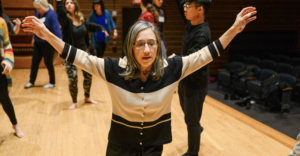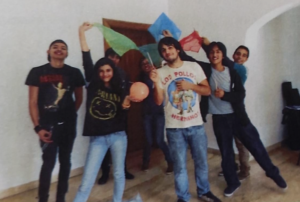“Dalcroze Connections”
Editor’s Letter
In what may be already obvious to others in this community, Dalcroze work is starting to feel for me like a lifelong journey where the experiences, the creativity, and the people we encounter help us evolve into greater musicians and humans. Dalcroze experiences always leave me with a lot to think about, oftentimes in the…
Read MoreDeveloping Aural Skills with Card Games
Introduction by Aaron Butler Émile Jaques-Dalcroze’s vision of musical education was joyful and kind. He said, “It is the function of teachers, by care and perseverance, to create in students’ souls the ray of joy.” (Rhythm, Music and Education, 1915) Herbert Henke connected this to the delight of puzzles. In a 1999 interview he said,…
Read MoreHow Dalcroze Eurhythmics Has Transformed my Solfège and Ear Training Teaching
For twenty years I have been teaching the ear training class, also called musical language or solfège, at the Escuela Superior de Música of the Instituto Nacional de Bellas Artes y Literatura in Mexico City. When I first began to teach these classes, I did so in the same traditional way in which I had…
Read MoreA Brief History of Dalcroze Eurhythmics in Guatemala
Making Dalcroze eurhythmics visible in Guatemala is a task that invites researchers to perform deep analysis. It was not possible to confirm the presence of a music teacher in Guatemala who held official accreditation endorsed by the Institut Jaques-Dalcroze in Geneva. However, the impact of this music pedagogy in the development of local musical education…
Read More


